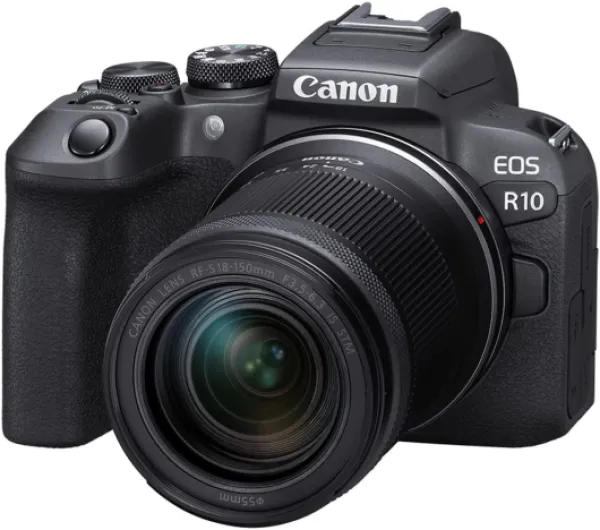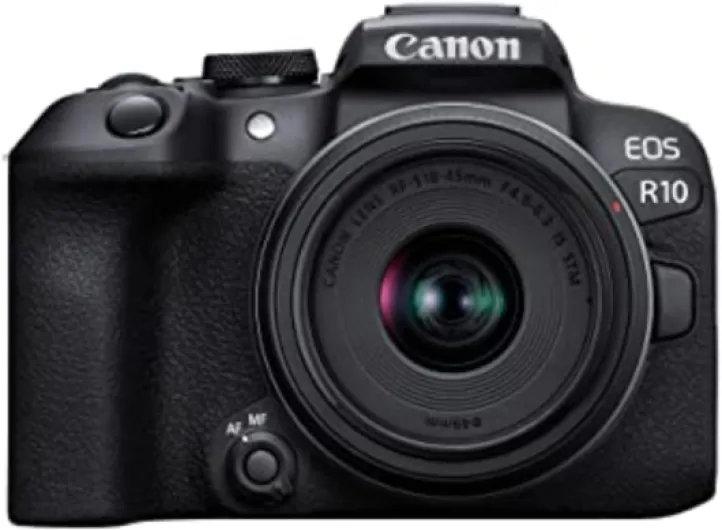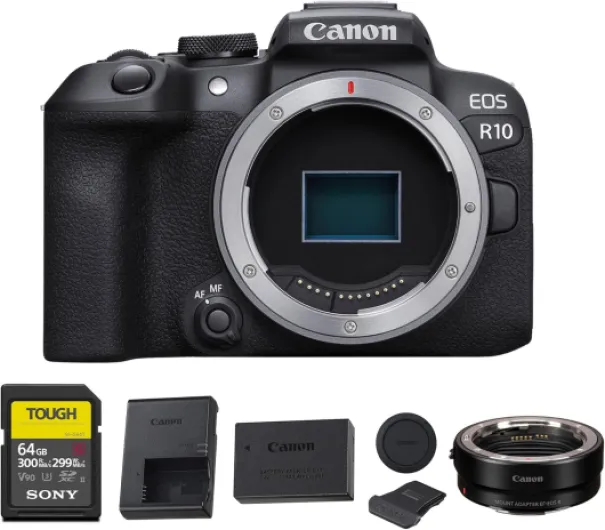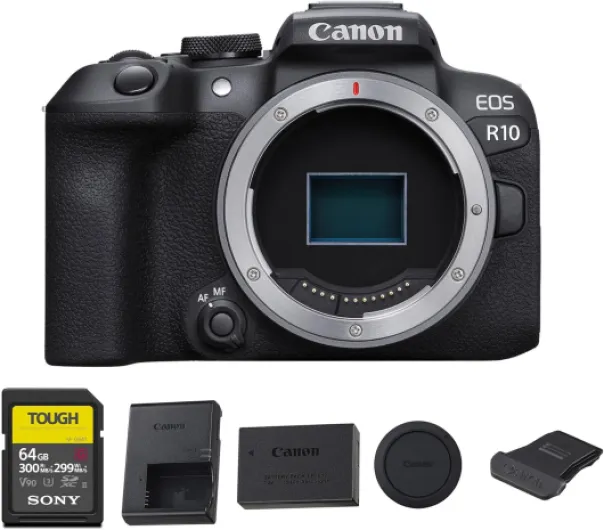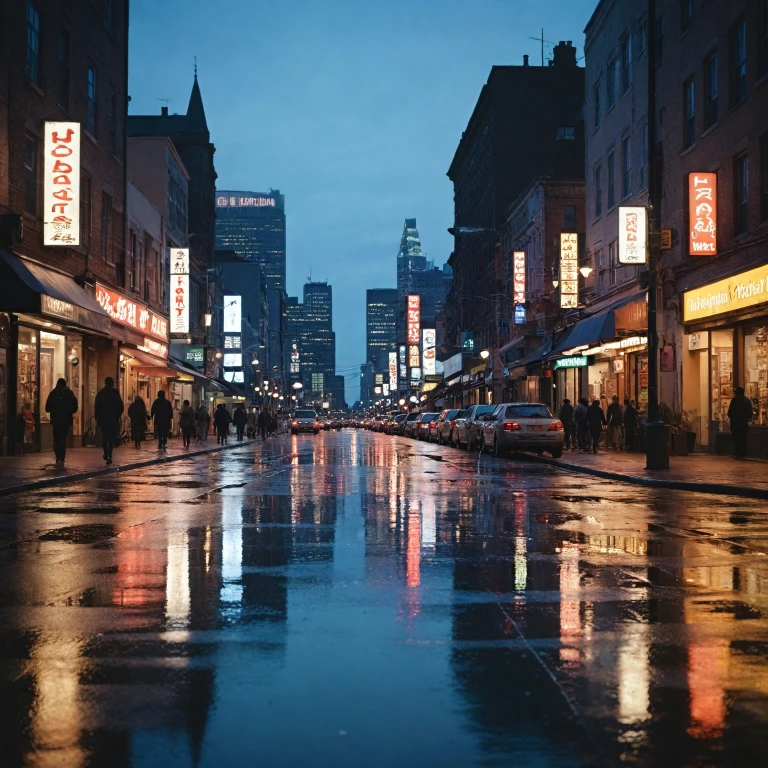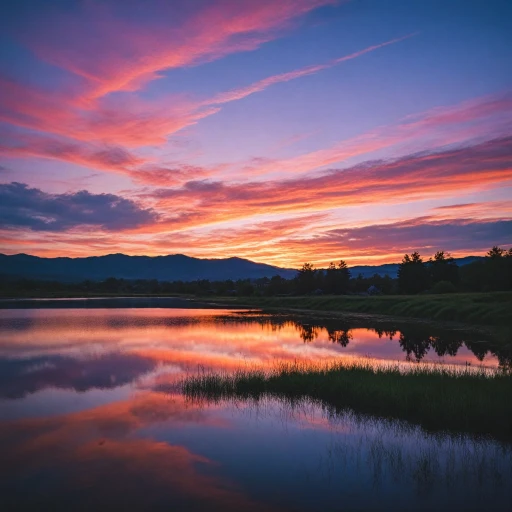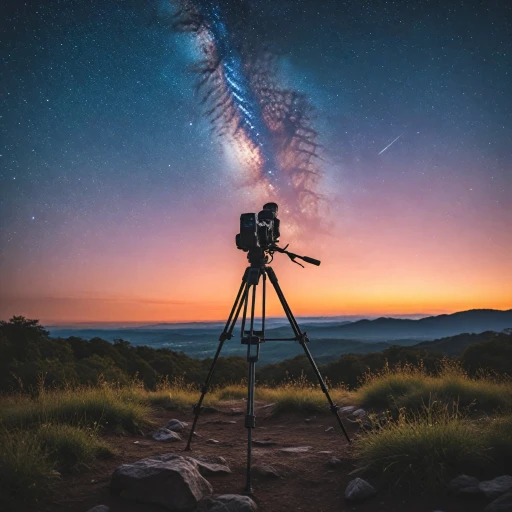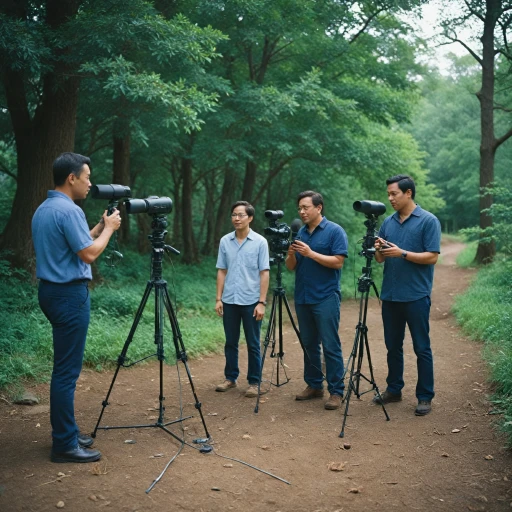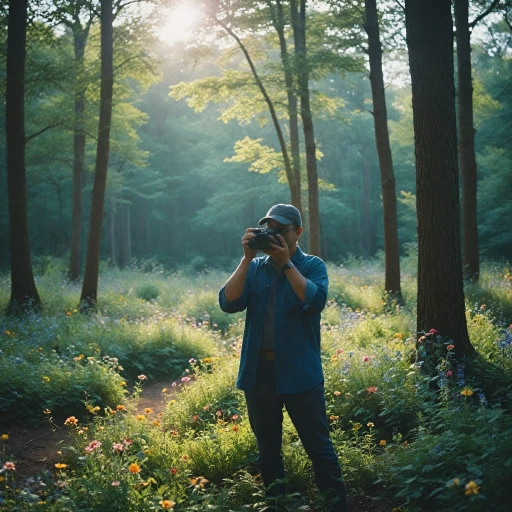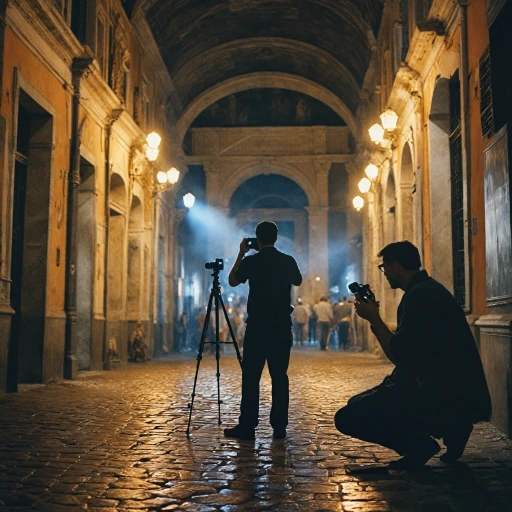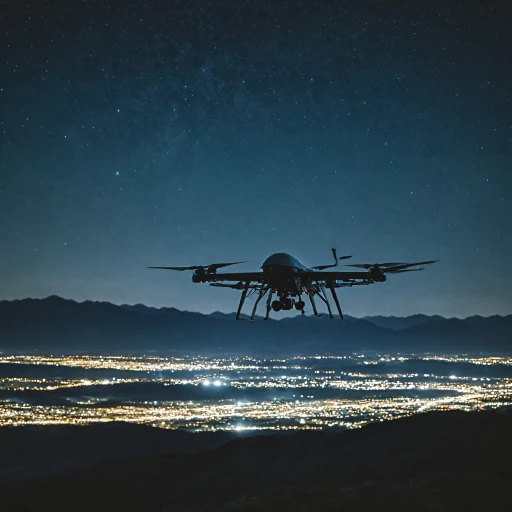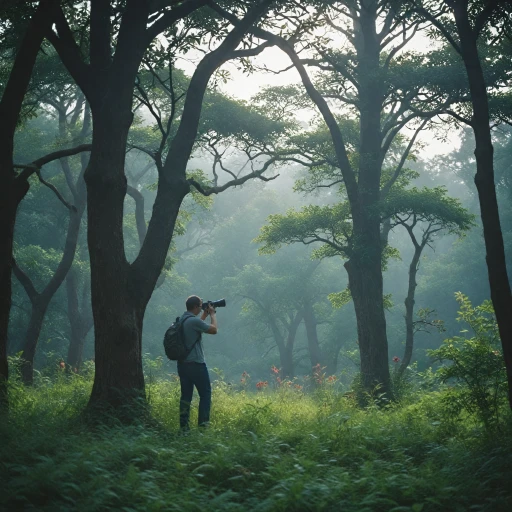
Understanding Low-Light Photography
Unveiling the Basics of Low-Light Photography
Low-light photography is a captivating art that allows photographers to capture the world in dimly illuminated settings. It challenges the capabilities of cameras and lenses, pushing them to their limits to produce clear and vibrant images. The key to mastering this technique lies in understanding how various elements, such as lens iso, aperture, and image stabilization, contribute to the overall image quality. In low-light conditions, a camera with a full frame sensor can make a significant difference. This type of sensor allows for better light absorption, enhancing the clarity and vibrancy of the photos taken. The Canon EOS system is well-known for its prowess in low-light environments, with lenses like the STM lens or USM lens offering great autofocus features to capture focus precisely and quickly, even when the light is scarce. Furthermore, the maximum aperture of a lens is crucial. A larger aperture lets in more light, which is pivotal when the surrounding light is minimal. The Canon R10 lens, for instance, is crafted to adapt to such conditions, helping photographers maintain excellent image quality without excessive noise. When shooting in low light, increasing the ISO setting on your Canon camera allows it to be more sensitive to light, although this might introduce some noise. Balancing this aspect is critical, alongside considerations around shutter speed and battery life to ensure uninterrupted photography sessions. Understanding these elements, together with the lens capabilities, allows photographers to produce stunning, professional-grade photos. For those looking to push the boundaries even further, enhancing UAV capabilities with night vision technology can open new creative avenues. By integrating innovative solutions and tools, photographers can expand their horizons beyond traditional camera settings, achieving extraordinary outcomes despite challenging lighting scenarios.Features of the Canon R10 Lens
Exploring the Canon R10 Lens Capabilities
When it comes to optimizing your low-light photography, the Canon R10 lens offers a range of features that can significantly enhance your image quality. For enthusiasts and professionals alike, understanding these capabilities is essential for capturing stunning photos in challenging lighting conditions. The Canon R10 is part of the Canon EOS system, known for its superior performance in various aspects of photography. What sets the R10 apart is its wide maximum aperture, which allows more light to enter the lens, crucial for low-light situations. With an aperture setting that can be finely adjusted, you can achieve incredible depth of field effects, ensuring that images are sharp and vivid, even in dim conditions. Canon's use of USM (Ultra-Sonic Motor) technology in this lens ensures swift and silent autofocus, which is particularly beneficial for wildlife photography where movement is unpredictable. The lens is also equipped with STM (Stepper Motor) for smooth and quiet video focusing, a feature that's highly desirable when capturing moving subjects or recording video. Image stabilization is another key aspect, helping to counteract camera shake. This is especially helpful when shooting handheld at slower shutter speeds, providing clearer images without the need for a tripod. Durability is often overlooked, but for those often shooting in the field, the weather sealing of the Canon R10 lens can be a game-changer, protecting the device against dust and moisture. Its robust built ensures continuity in various environmental conditions. Additionally, the Canon R10 integrates well with full frame and APS-C sensors of the EOS system, making it a versatile choice for photographers who use multiple Canon cameras. For those heavily invested in Canon gear, this lens is a reliable addition to your kit. To further unlock the potential of your Canon R10 lens in low-light scenarios, consider exploring enhancing UAV capabilities with night vision technology for additional insights.Comparing Canon R10 with Other Lenses
Distinguishing the Canon R10 Lens from Other Options
When it comes to photography, especially in low-light conditions, the choice of lens is crucial. The Canon R10 lens stands out, but it's important to know how it compares to other lenses in the Canon eos system. The R10 offers a promising performance due to its combination of aperture settings, proprietary stm lens technology, and its impressive auto-focus accuracy. The focus is rapid, meaning you get a sharp image swiftly, which is vital when shooting in variable light situations. The Canon usm lens, while providing excellent noise reduction, shares similarities with stm but differs in motor mechanism, affecting speed and video capabilities. The image quality produced by the R10, especially in low light, is remarkable owing to its alignment with the high-performance Canon eos camera bodies. The full frame options in the lineup further enhance its capacity in varied settings, aiding photographers from landscape to wildlife photography. In terms of features, the maximum aperture of the R10 allows more light into the sensor, which is particularly beneficial during low-light photography and helps maintain clarity and brightness in shots. The manual focus capabilities add control, enabling photographers to adjust the focus manually for creative effects or challenging lighting conditions. The Canon R10 lens is constructed with considerations for durability, including some weather sealing, which offers protection against light rain or dust, extending its longevity significantly over regular use. In comparison, the need for a lens with extensive weather sealing and higher durability may shift some users toward purchasing lenses in the higher-end range. Another key aspect is the image stabilization system, which while not incorporated directly in all lenses, in conjunction with body stabilization, increases the versatility of shooting handheld at slower shutter speeds. This feature is less prominent in some older lens models within the same ecosystem. The R10 integrates seamlessly with other components such as memory cards and extends battery life through efficient operations. This synergy is a testament to Canon's focus on creating an all-inclusive photography experience that adjusts to today's demands. For a more comprehensive understanding of maximizing your EOS system's low-light capabilities, explore how enhancing audio quality can enrich your video output. The intricacies of selecting and utilizing lenses like R10 are paramount, ensuring the best possible outcomes in varied shooting environments. For more details, consider exploring the enhancing audio quality with camera radio microphones guide which may provide additional insights for optimizing your visual storytelling.Tips for Shooting in Low Light with Canon R10
Optimizing Focus Techniques
The Canon EOS R10 with its STM and USM lenses offers incredible versatility when it comes to low-light photography. The advanced autofocus capabilities allow photographers to capture sharp, high-quality images even in challenging lighting conditions. Utilizing manual focus can also enhance creative control, giving you precision focus adjustments that are crucial in dark environments.Mastering Aperture Adjustments
Understanding the maximum aperture of your Canon lens is key when shooting in low light. A wider aperture allows more light to reach the sensor, improving your image quality. The Canon EOS system offers a range of lenses with varied aperture settings, so choosing a lens with a wide maximum aperture is great for capturing stunning photos in dimly lit scenes.Leveraging ISO Effectively
Boosting the ISO on your Canon camera increases the sensor's sensitivity to light, enabling you to shoot in darker environments without compromising on shutter speed. However, be mindful of the balance between ISO and image noise. The Canon R10, with its advanced sensor technology, allows for higher ISO levels while maintaining decent image quality in low-light photography.Selecting the Right Shutter Speed
Shutter speed is crucial in low-light situations. A slower shutter speed can help expose more light, but requires a steady hand or tripod to prevent blur. The Canon R10's image stabilization feature can help mitigate shake, ensuring crisp image quality.Utilizing Image Stabilization
The image stabilization function in Canon lenses plays a pivotal role in low-light photography. It helps reduce blur from camera shake, allowing for longer exposure times without sacrificing clarity. This feature is especially useful in wildlife photography, where sudden movements can affect focus and image quality.Ensuring Optimal Battery Life
Remember that low-light shooting often demands more power, especially with prolonged exposures and constant focus adjustments. Ensuring your EOS Canon camera has sufficient battery life is essential to capture all your desired shots, especially during long shoots. Always carry extra memory cards to avoid running out of storage during extended sessions. Don't forget, maintaining your camera's weather sealing is important for shooting in various conditions and protecting your equipment.Real-World Applications and Examples
Practical Uses and Inspirations for Low-Light Mastery
In the captivating realm of low-light photography, the Canon R10 lens unveils a treasure trove of real-world opportunities. Embracing the complexities of reduced light conditions, photographers can elevate their art through various scenarios that benefit greatly from this lens's capabilities. Whether capturing the serene ambiance of twilight landscapes or the dynamic allure of bustling cityscapes, the Canon lens provides the tools needed to convey mood and detail with precision. Its large aperture allows ample light capture, crafting rich images even under dim conditions. This is especially beneficial in wildlife photography, where capturing species in their natural, often shadowy habitats demands both stealth and sensitivity. The fast and reliable autofocus of the R10 complements action-packed environments. Low-light sports Events and concerts become accessible, as the lens maintains sharpness and clarity, ensuring no memorable moment is lost to blur or grain. This, in tandem with the EOS system's prowess, bolsters image quality by working hand-in-hand with camera sensors and advanced ISO settings. Street photography also becomes remarkably rewarding with the R10 lens. The art of freezing candid moments amid ephemeral lighting scenarios is enhanced by its versatile capabilities. The STM technology provides smooth video capture, seamlessly transitioning focus for buttery footage even in the flickering glow of streetlights. The adaptability of this lens extends to family gatherings, where ambient lighting often varies, as well as indoor portraits relying on natural lighting. Maintaining the scene's integrity while highlighting expressions and nuances is made easier with thoughtful use of the Canon STM lens. By understanding the features discussed and applying strategic shot techniques, photographers can transform challenges presented by low-light scenarios into compelling narratives etched onto memory cards. With dedication, photographers find in the Canon R10 a reliable partner to explore and capture the beauty hidden within darkness, further proving the lens's value as an essential tool across varied photographic landscapes.Maintenance and Care for Your Canon R10 Lens
Ensuring Longevity with Proper Use and Cleaning
Maintaining the pristine condition of your Canon R10 lens is essential for achieving consistently great image quality, especially in low light and wildlife conditions. The key to longevity lies in regular and careful cleaning, appropriate storage, and cautious handling. Here are some tips to help you keep your lens in top shape:
- Regular Cleaning: Dust and fingerprints can affect the clarity of your lens and ultimately the image quality. Use a microfiber cloth to gently wipe the glass surfaces, and a blower brush for removing particles from hard-to-reach areas. Be cautious with cleaning solutions; a bit of lens cleaner on a cloth can help with persistent smudges.
- Appropriate Storage: Store your lens in a dry and dust-free environment. A camera bag with padded compartments is ideal. Use lens caps when the lens is not in use to prevent scratches, and consider a silica gel pack to reduce humidity.
- Handling with Care: While the Canon R10 comes with some weather sealing, it’s wise to avoid exposing it unnecessarily to extreme weather conditions. When focusing manually, do so with a gentle touch to prevent wear. Ensure the lens mount is free of debris to facilitate smooth attachment to any Canon EOS camera body.
Assessing Battery Life and Memory Management
To maintain the high-performance standards expected from the EOS system, it’s crucial to pay attention to the battery life and memory management during shoots. Low light photography can be demanding on the battery and memory card capacity:
- Optimizing Battery Use: Keep spare batteries on hand. Be mindful of using features like image stabilization and autofocus which can drain power quickly.
- Managing Memory Cards: Choose memory cards with sufficient write speed and capacity, especially if shooting in RAW or recording video. Regularly check and format your memory cards to reduce the chance of data corruption.
Ensuring Optimal Performance with Regular Updates
Canon frequently releases firmware updates that can enhance the functionality and performance of their lenses and cameras. Regularly checking for and installing these updates will ensure that your Canon R10 lens operates at its maximum potential, providing great results in low light and beyond.
